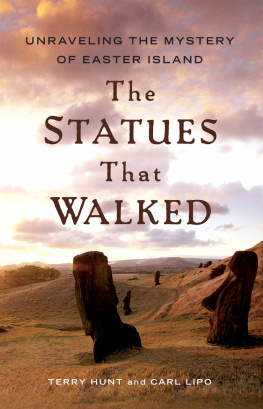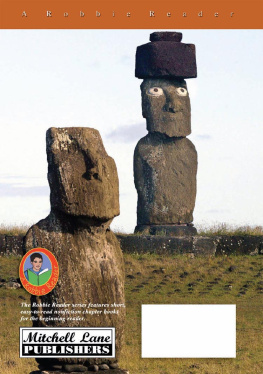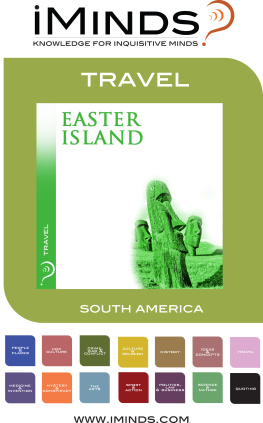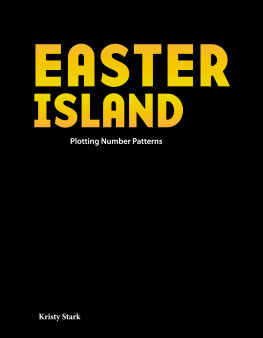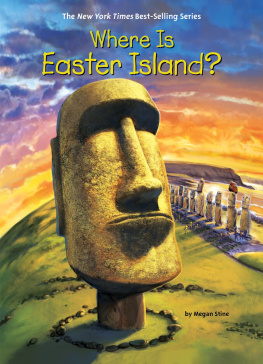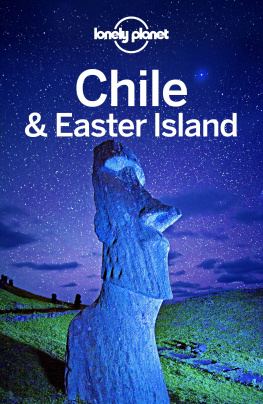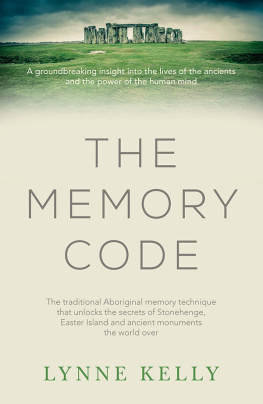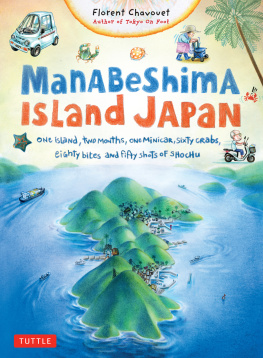Terry Hunt - The Statues that Walked: Unraveling the Mystery of Easter Island
Here you can read online Terry Hunt - The Statues that Walked: Unraveling the Mystery of Easter Island full text of the book (entire story) in english for free. Download pdf and epub, get meaning, cover and reviews about this ebook. year: 2011, publisher: Free Press, genre: Non-fiction. Description of the work, (preface) as well as reviews are available. Best literature library LitArk.com created for fans of good reading and offers a wide selection of genres:
Romance novel
Science fiction
Adventure
Detective
Science
History
Home and family
Prose
Art
Politics
Computer
Non-fiction
Religion
Business
Children
Humor
Choose a favorite category and find really read worthwhile books. Enjoy immersion in the world of imagination, feel the emotions of the characters or learn something new for yourself, make an fascinating discovery.
- Book:The Statues that Walked: Unraveling the Mystery of Easter Island
- Author:
- Publisher:Free Press
- Genre:
- Year:2011
- Rating:4 / 5
- Favourites:Add to favourites
- Your mark:
The Statues that Walked: Unraveling the Mystery of Easter Island: summary, description and annotation
We offer to read an annotation, description, summary or preface (depends on what the author of the book "The Statues that Walked: Unraveling the Mystery of Easter Island" wrote himself). If you haven't found the necessary information about the book — write in the comments, we will try to find it.
The prevailing accounts of the islands history tell a story of self-inflicted devastation: a glaring case of eco-suicide. The island was dominated by a powerful chiefdom that promulgated a cult of statue making, exercising a ruthless hold on the islands people and rapaciously destroying the environment, cutting down a lush palm forest that once blanketed the island in order to construct contraptions for moving more and more statues, which grew larger and larger. As the population swelled in order to sustain the statue cult, growing well beyond the islands agricultural capacity, a vicious cycle of warfare broke out between opposing groups, and the culture ultimately suffered a dramatic collapse.
When Terry Hunt and Carl Lipo began carrying out archaeological studies on the island in 2001, they fully expected to find evidence supporting these accounts. Instead, revelation after revelation uncovered a very different truth. In this lively and fascinating account of Hunt and Lipos definitive solution to the mystery of what really happened on the island, they introduce the striking series of archaeological discoveries they made, and the path-breaking findings of others, which led them to compelling new answers to the most perplexing questions about the history of the island. Far from irresponsible environmental destroyers, they show, the Easter Islanders were remarkably inventive environmental stewards, devising ingenious methods to enhance the islands agricultural capacity. They did not devastate the palm forest, and the culture did not descend into brutal violence. Perhaps most surprising of all, the making and moving of their enormous statutes did not require a bloated population or tax their precious resources; their statue building was actually integral to their ability to achieve a delicate balance of sustainability. The Easter Islanders, it turns out, offer us an impressive record of masterful environmental management rich with lessons for confronting the daunting environmental challenges of our own time.
Shattering the conventional wisdom, Hunt and Lipos ironclad case for a radically different understanding of the story of this most mysterious place is scientific discovery at its very best.
Terry Hunt: author's other books
Who wrote The Statues that Walked: Unraveling the Mystery of Easter Island? Find out the surname, the name of the author of the book and a list of all author's works by series.

